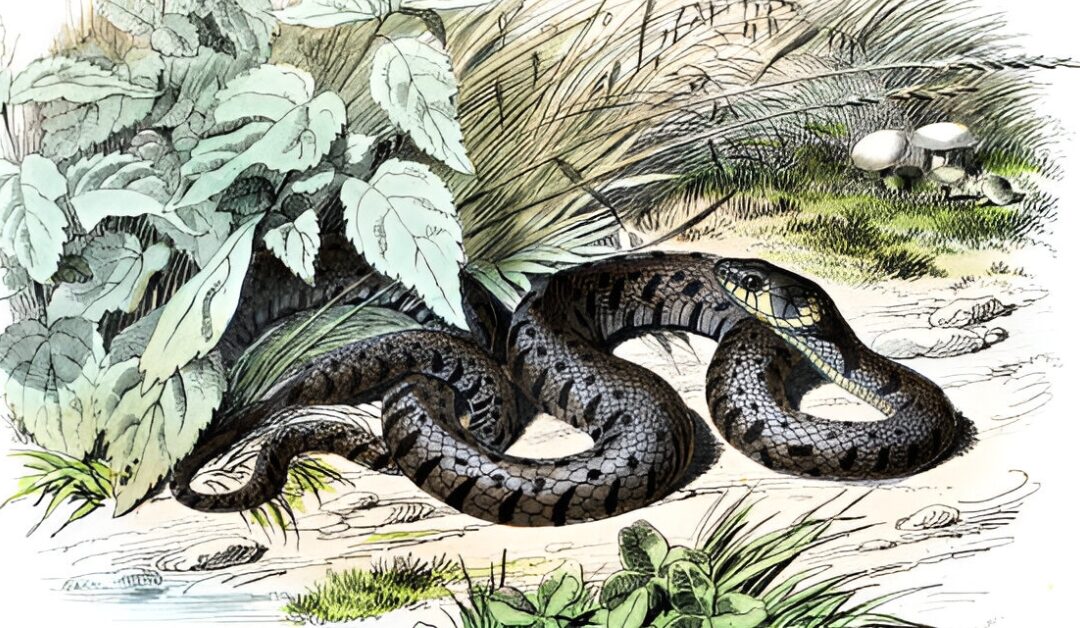Introduction
When most people think about wildlife in Wisconsin, snakes might not be the first creatures that come to mind. However, Wisconsin is home to a diverse population of these fascinating reptiles. Understanding Wisconsin’s various types of snakes is crucial for coexisting peacefully with local wildlife. This guide will help you identify common snake species in Wisconsin, understand their habitats and behavior, and provide tips for safely interacting with them.
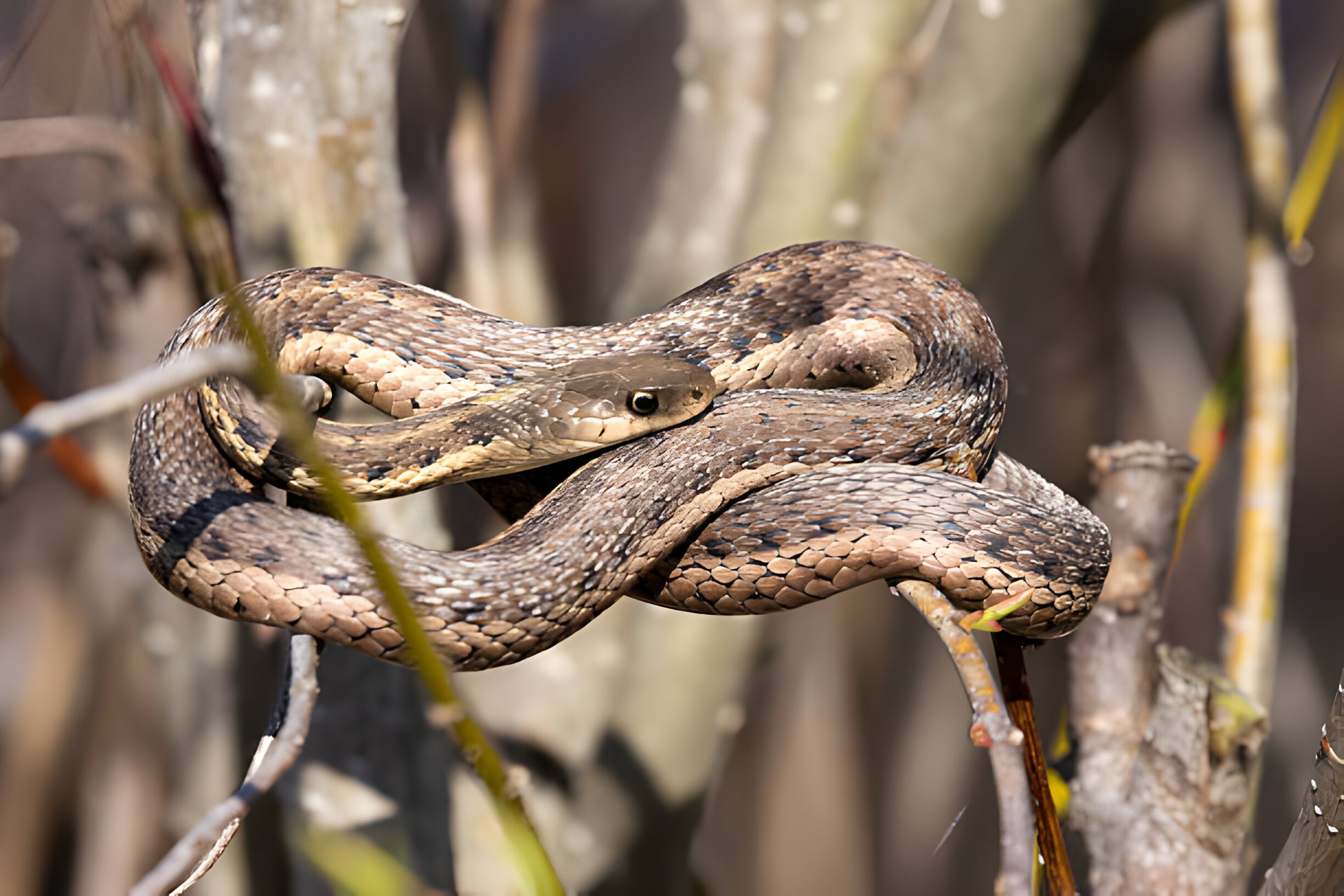
Identifying Wisconsin’s Snakes
Common Snake Species in Wisconsin
Wisconsin boasts a variety of snake species, each with unique characteristics. Some of the most common snakes in Wisconsin include the Eastern Garter Snake, Northern Water Snake, and Fox Snake. The Eastern Garter Snake is often found slithering through gardens and parks. It has distinctive yellow stripes running down its dark body. Northern Water Snakes are often mistaken for venomous snakes due to their aggressive behavior when threatened. They are usually brown or gray with darker bands. Fox Snakes, characterized by their reddish-brown color and blotched pattern, are commonly found in grasslands and farmlands.
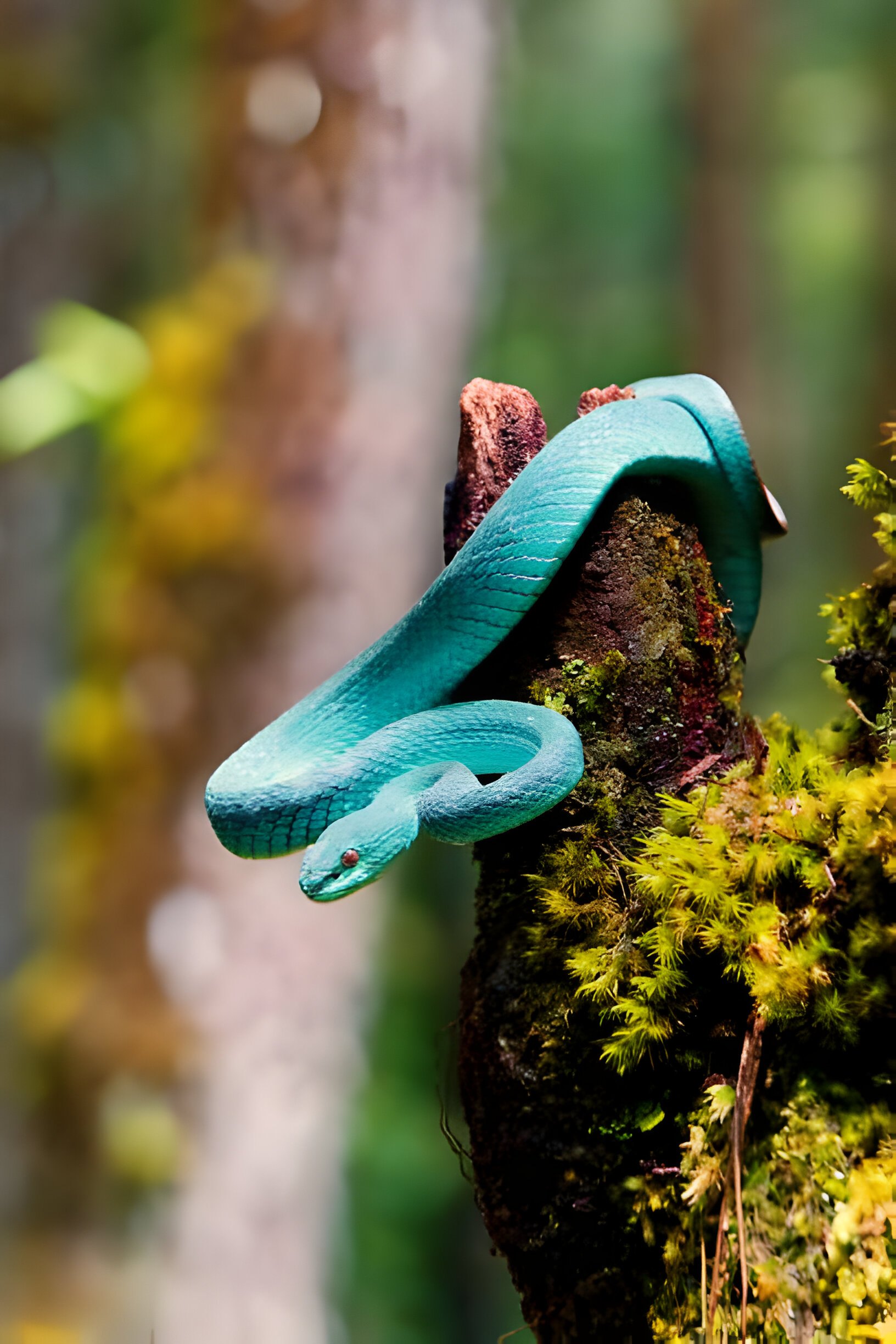
Differentiating Between Venomous and Non-Venomous Snakes
Many people fear encountering venomous snakes, but it’s essential to know that only two venomous species reside in Wisconsin—the Eastern Massasauga Rattlesnake and the Timber Rattlesnake. Both species have distinctive rattles on their tails and triangular heads. On the other hand, non-venomous snakes typically have round pupils and heads that are more proportionate to their bodies. Learning these critical identifiers can help you stay safe.
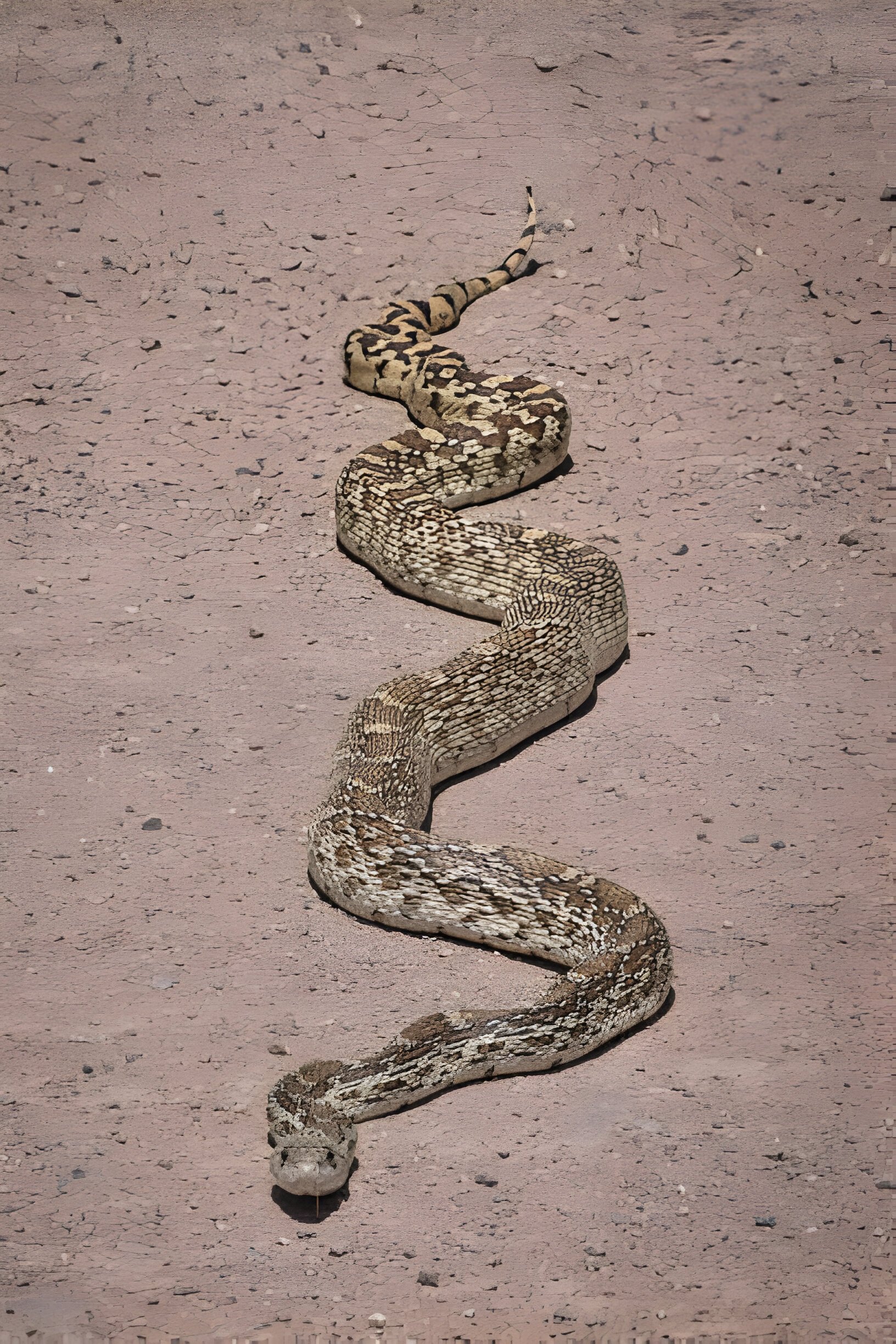
Visual Identification Tips
Visual identification is crucial for distinguishing between snake species. Look for patterns, colors, and body shapes. For example, the Northern Water Snake has a thick body with banded patterns, while the Eastern Hognose Snake often flares its neck like a cobra when threatened. Consulting pictures of snakes in Wisconsin can also aid in accurate identification.
Habitats and Behavior
Preferred Habitats of Wisconsin’s Snakes
Different snake species in Wisconsin prefer specific habitats. As the name suggests, water snakes are often found near ponds, lakes, and rivers. Fox snakes prefer grasslands and farmlands, which provide snakes with abundant food sources and shelter. Understanding where snakes are likely to be found can help avoid unexpected encounters.
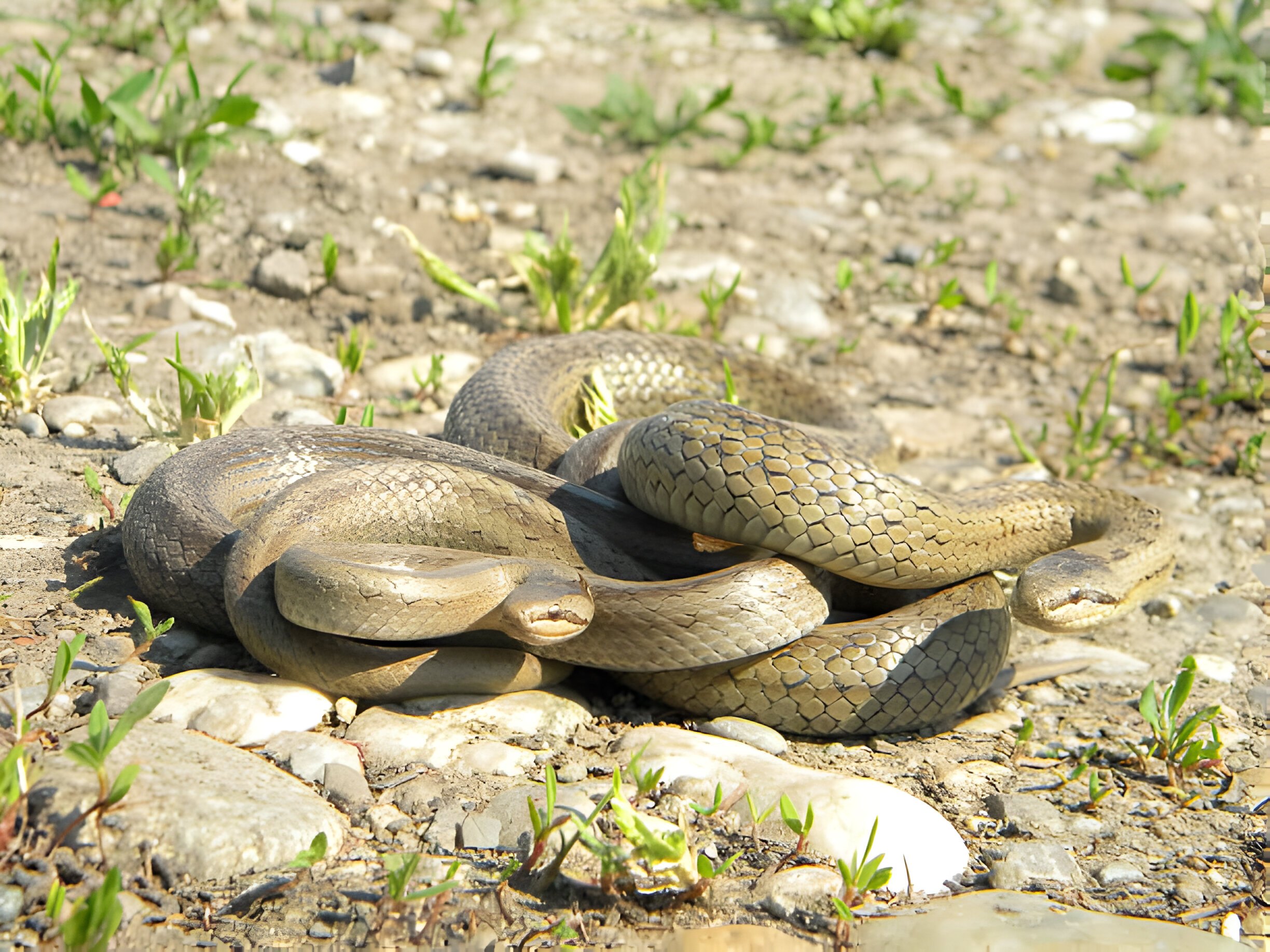
Snake Behavior in the Wild
Snakes play a crucial role in the ecosystem by controlling rodent populations. They are generally shy and avoid human interaction. However, understanding their behavior can help you react appropriately if you encounter one. Most snakes are more active during warmer months and may bask in the sun to regulate their body temperature. They are also more likely to be seen during their breeding season in spring and early summer.
Seasonal Behaviors and Migration Patterns
Snakes exhibit specific seasonal behaviors, such as hibernation during the cold months. They often migrate to find suitable hibernation sites, sometimes leading them closer to human dwellings. During spring, snakes emerge from hibernation and are more active as they search for food and mates. Knowing these patterns can help you anticipate snake activity in your area.
Interactions with Humans
Common Misconceptions and Fears About Snakes
Many people misunderstand and fear snakes. One common misconception is that all snakes are dangerous, which is far from the truth. In reality, most snakes in Wisconsin are harmless and beneficial for the environment. Educating yourself about these creatures can help dispel fears and promote coexistence.
Safety Tips for Encounters with Snakes
Encountering a snake can be startling, but staying calm is critical. If you see a snake in the wild, give it space and avoid sudden movements. Most snakes will not attack unless provoked. If you find a snake around your home, contact local wildlife experts for safe removal. Wearing boots and long pants while hiking can also provide extra protection.
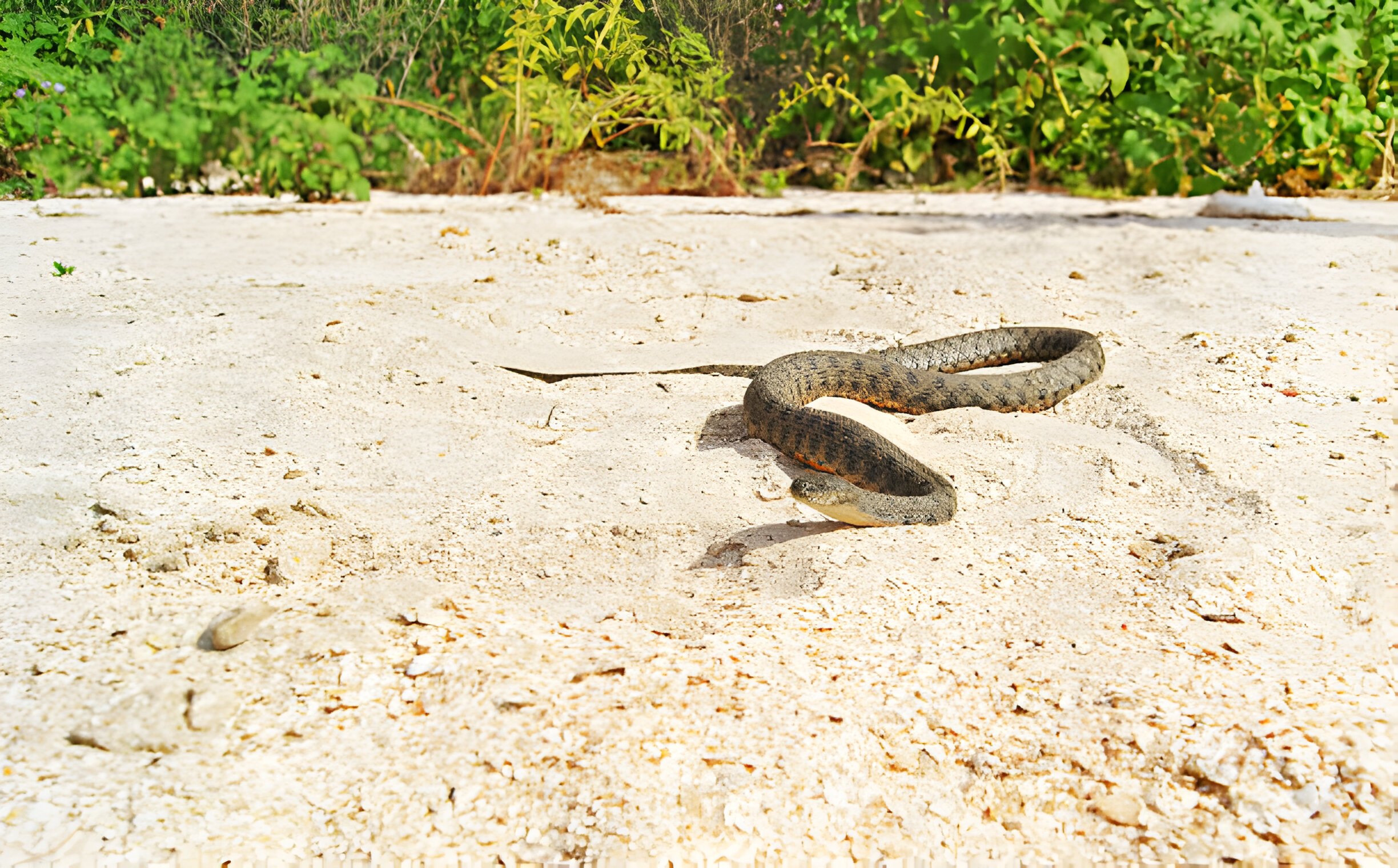
Importance of Conservation Efforts
Protecting snake habitats is crucial for maintaining balanced ecosystems. Many snakes face threats from habitat loss and human activities. Conservation efforts, such as preserving wetlands and grasslands, are vital in protecting these reptiles. You can contribute by supporting local wildlife organizations and participating in conservation programs.
Conclusion
Wisconsin’s snakes are fascinating creatures that contribute significantly to the environment. We can coexist peacefully and support conservation efforts by understanding and appreciating these reptiles. Whether you encounter an Eastern Garter Snake in your garden or spot a Northern Water Snake by a lake, remember that these creatures are essential to our ecosystem. Let’s continue to learn, share knowledge, and protect the diverse wildlife that makes Wisconsin unique.

